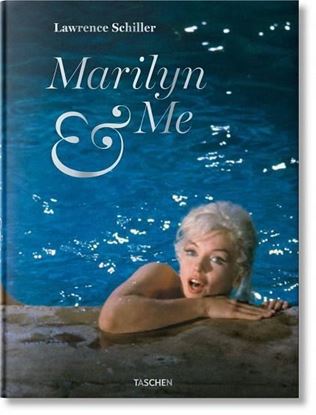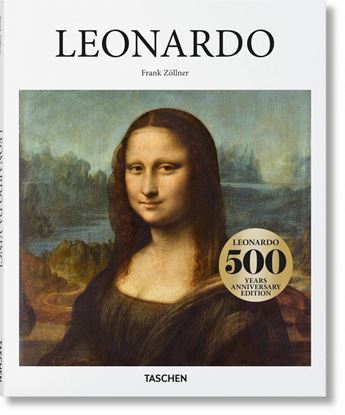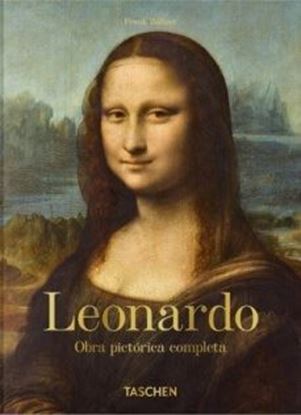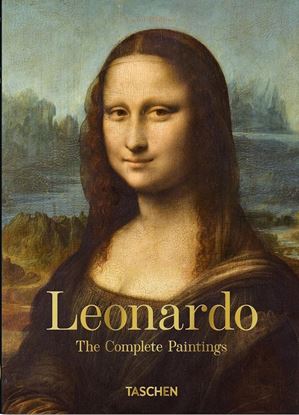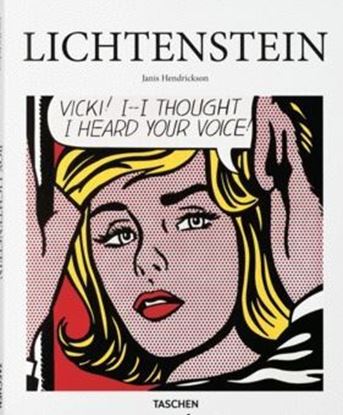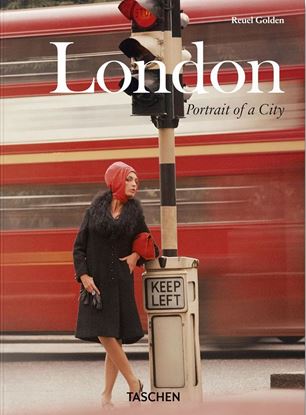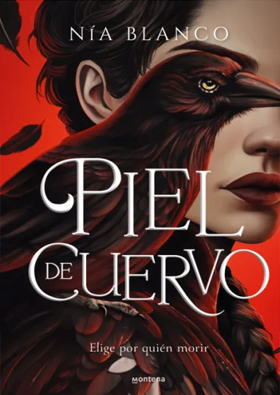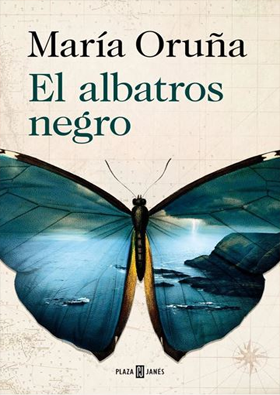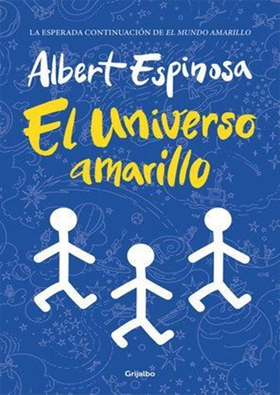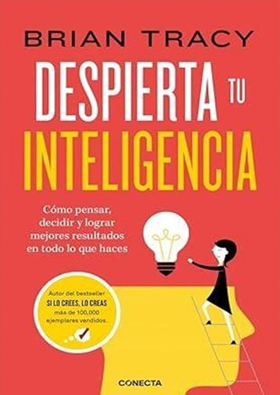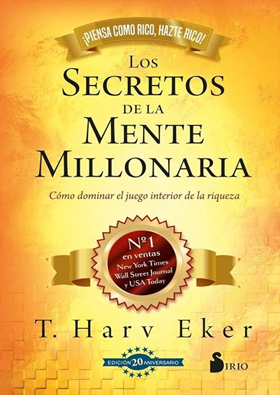

LAWRENCE SCHILLE. MARILYN & ME (FO)
“Tú ya eres famosa, el que se va a hacer famoso ahora soy yo”, le dijo el fotógrafo Lawrence Schiller mientras hablaban de las fotografías que estaba a punto de hacerle. “No seas tan arrogante”, le respondió burlona Marilyn. “Sustituir a un fotógrafo es fácil”. Esto ocurrió en 1962, y Schiller, que por entonces tenía 25 años, cumplía un encargo para Paris Match. Conocía ya a Marilyn (ambos habían trabado amistad dos años antes, cuando se conocieron durante el rodaje de El multimillonario), pero esto no le sirvió de nada el día en que ella accedió a posar desnuda ante su cámara durante la escena de la piscina en Something’s Got to Give.
2,995
LEONARDO (BA-ART)
Filling notebook after notebook with sketches, inventions, and theories, Leonardo da Vinci (1452–1519) not only stands as one of the most exceptional draftsmen of art history, but also as a mastermind and innovator who anticipated some of the greatest discoveries of human progress, sometimes centuries before their material realization.
From the smallest arteries in the human heart to the far-flung constellations of the universe, Leonardo saw nature and science as being unequivocally connected. His points of inquiry and invention spanned philosophy, anatomy, geology, and mathematics, from the laws of optics, gravitation, heat, and light to the building of a flying machine.
In his painting, Leonardo steered art out of the Middle Ages with works such as The Last Supper and the world-famous La Gioconda or Mona Lisa depicting not only physical appearances, but a compelling psychological intrigue and depth which continues to draw crowds of mesmerized visitors to masterpieces in Paris, Milan, Washington, London, and Rome.
This book brings together some of Leonardo’s most outstanding work to introduce a figure of infinite curiosity, feverish imagination, and sublime artistic ability, often described as having “not enough worlds for to conquer, and not enough lives for to live” (Alan Woods).
1,350
LEONARDO. OBRA PICTORICA (40TH) (E)
Uno de los seres humanos más brillantes jamás conocidos, Leonardo sigue siendo el genio del Renacimiento por excelencia. Compañero perfecto de la edición Leonardo da Vinci. Obra gráfica, este libro es un catálogo razonado de todas las obras maestras pictóricas del artista, tanto supervivientes como perdidas, desde la Mona Lisa a La última cena.
2,300
LEONARDO: THE COMPLETE PAINTINGS 40TH ED
One of the most accomplished human beings who ever lived, Leonardo da Vinci (1452–1519) remains a quintessential Renaissance genius. The perfect companion to the Leonardo Graphic Work edition, this book is a compact catalogue raisonné of all of the artist’s masterful paintings.
Drawn from our best-selling XXL edition, the book traces the artist’s life and work across 10 chapters, presenting all known paintings and drawing on his letters, contracts, diary entries, and writings to explore the man behind such groundbreaking artworks. From Virgin of the Rocks to Virgin and Child with St. Anne to the ever-beguiling Mona Lisa, you’ll find some of the finest treasures of the Louvre, Prado, and National Gallery, London here, as well as Leonardo works lost to time, but no less startling in their precision and poise.
2,200
LICHTENSTEIN (ES)
The American painter Roy Lichtenstein (1923-1997) sparked an artistic renewal in his country when he burst onto the scene dominated by Abstract Expressionism in New York in the late 1950s, defining a new creative language for a new era. With his innovative use of industrial production techniques and mundane, everyday imagery, such as cartoons, comic strips, and advertising, Lichtenstein joined contemporary artists such as Andy Warhol and James Rosenquist in portraying and satirizing American media and consumer culture.
1,350
LONDON. PORTRAIT OF A CITY (PO) (GB)
Samuel Johnson famously said that: “When a man is tired of London, he is tired of life.” London’s remarkable history, architecture, landmarks, streets, style, cool, swagger, and stalwart residents are pictured in compelling photographs sourced from a wide array of archives around the world. London is a vast sprawling metropolis, constantly evolving and growing, yet throughout its complex past and shifting present, the humor, unique character, and bulldog spirit of the people have stayed constant. From Victorian London to the Swinging ’60s; from the foggy cobbled streets to the architectural masterpieces of the millennium; from royal weddings to raves, from the charm of the East End to the wonders of Westminster; from the power to glory: this book salutes all those Londoners, their city, and its history.
1,350

